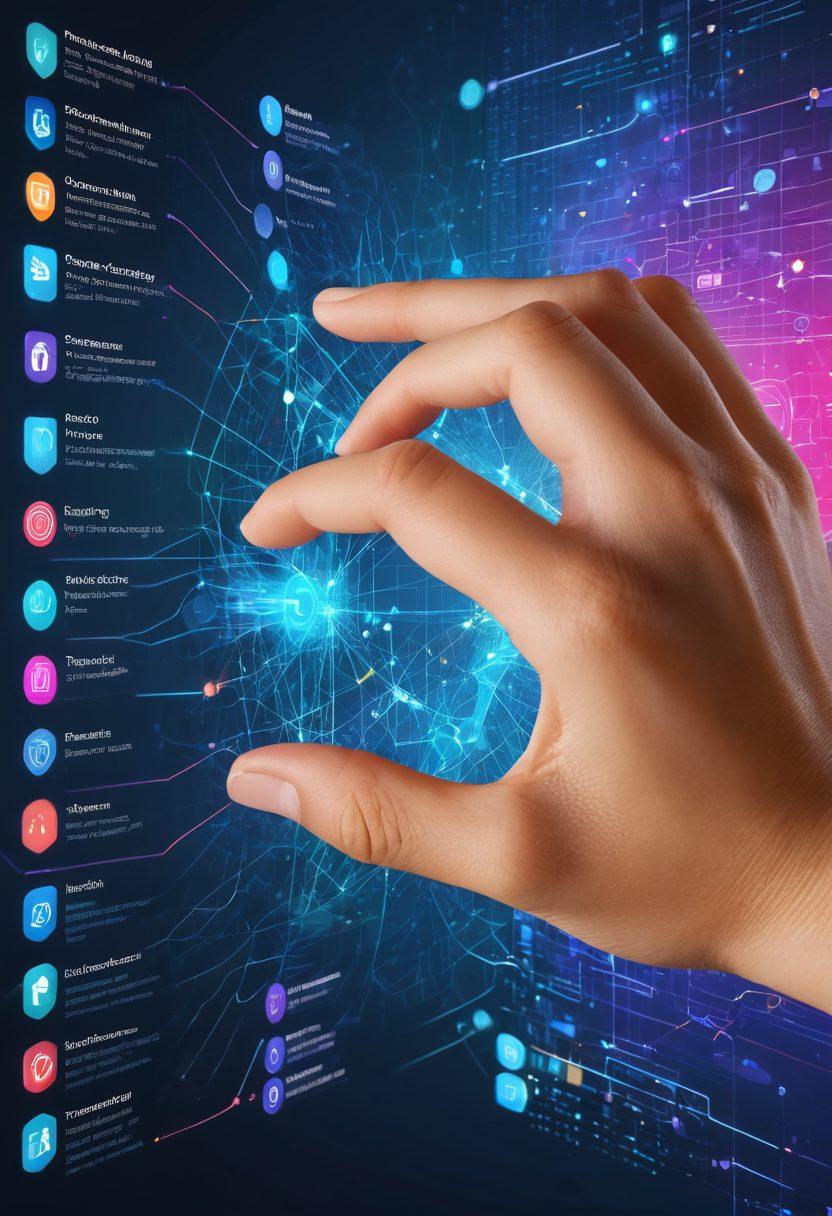Unlocking the Power of Statistics: Essential Techniques for Effective Data Communication and Analysis
In today’s world, where data reigns supreme, mastering data visualization has become an essential skill. Picture this: You’ve just completed an extensive statistical analysis project, filled with intriguing findings and valuable data-driven insights. But how do you convey these insights to your audience effectively? Statistics software and communications technology can help, but without proper data visualization, your findings may end up lost in translation. Ultimately, the goal is to transform your statistics into clear insights that can inspire action and drive decision-making.
Imagine trying to explain a complex statistical analysis to a group of people without any visuals. It’s like trying to describe a stunning work of art without ever letting them see it. That’s where the power of data visualization comes in. It allows you to tell a compelling story with your data—creating an engaging narrative that captures your audience's attention. As Edward Tufte, a pioneer in data visualization, once said, “Good design is clear thinking made visible.” This perfectly encapsulates the essence of data visualization. How can you transform your raw data into a story that resonates?
To start mastering data visualization, it's crucial to understand the various data processing techniques at your disposal. Techniques such as data mining and statistical modeling can reveal patterns in your data that may not be immediately apparent. Have you ever used these quantitative research methods to inform your visuals? They help highlight trends, and anomalies, and ultimately lead to a deeper understanding of your data. By leveraging methods like analysis of variance or predictive analytics, you can create more impactful visuals that speak to the insights you've discovered, making them easier for your audience to digest and understand.
But effective data visualization is not just about using colorful charts or flashy graphs. It’s about knowing your audience and tailoring your communication systems accordingly. Are you presenting to statisticians who appreciate detailed insights, or to business leaders who want to see the big picture? Understanding your audience will guide your choices in the types of visuals you select and the complexity of information you present. Remember, the goal is clarity; the simpler your visuals, the more powerful your message.
In conclusion, mastering data visualization is the key to unlocking the full potential of your statistical communication efforts. It transforms data analysis techniques into engaging narratives, allowing your audience to visualize trends and patterns effortlessly. With the world moving towards big data analytics and digital data communication, the importance of effective data visualization cannot be overstated. So, ask yourself: How will you harness the power of data visualization to communicate your insights in a way that empowers your audience? The journey toward impactful data communication begins with you—and the insights you have yet to unveil.
From Theory to Practice: Leveraging Advanced Statistical Techniques in Communication Systems
In today's fast-paced world, statistics has become a cornerstone of effective communication and analysis. Picture this: You receive an overwhelming amount of information daily, whether it be data reports, social media feeds, or market trends. How do you sift through this avalanche of information and extract meaningful insights? This is where the power of statistical communication shines. By leveraging advanced statistical techniques in communication systems, you can transform raw data into actionable narratives that drive decisions and foster understanding. Isn't it fascinating how numbers can tell stories?
The journey from theory to practice in statistical communication begins with understanding the essential methodologies. Imagine navigating through the intricate maze of data analysis techniques that help bridge gaps between vast datasets and clear, concise messaging. For instance, statistical modeling allows us to interpret complex data patterns, providing clarity where ambiguity once thrived. But how do we ensure these insights translate successfully to stakeholders? The answer lies in employing sophisticated data visualization that makes the intricate simple and memorable. So, how can you make a complex dataset resonate with your audience?
Engagement and relatability are key when communicating data-driven insights. According to famous statistician Hans Rosling, "There are no facts without data." Yet, presenting data can be daunting. Consider a method such as the analysis of variance—a technique used to analyze differences among group means to validate hypotheses. By breaking down the data into digestible parts, you can effectively showcase trends and correlations that might otherwise slip under the radar. Using statistics software can streamline this process, transforming hours of labor into user-friendly visuals that captivate your audience. What’s stopping you from utilizing these robust tools in your next presentation?
In this age of big data analytics, mastering data processing techniques is paramount for any professional audience. Rather than being overwhelmed by information, learning to embrace predictive analytics enables you to forecast future outcomes based on historical data. Assimilating such advanced research methodologies into your workflow can shift the narrative from reactive to proactive. Ask yourself: How often are you leveraging the potential of data mining techniques to uncover hidden truths in your projects? Moreover, with digitization taking over, having a grasp of signal processing and digital data communication is essential to stay ahead of the curve. Can we afford to ignore these competencies?
As we embark on the quest to deepen our understanding of communication systems, let’s embrace the myriad possibilities that lie ahead with quantitative research methods. As practitioners of statistical analysis, we must continually evolve our skill sets and adapt our strategies to decode the complexities of modern data landscapes. With the constant advancements in communications technology and the rise of digital platforms, the demand for professionals adept in statistical communication will only increase. Ready to unleash the true potential of your data? Connect with your research methodologies, help others interpret crucial data, and pave the way for a future where insights lead the way.
Harnessing Big Data Analytics: The Key to Unlocking Predictive Insights Through Effective Data Analysis
In today's fast-paced digital world, the volume of data generated is nothing short of astounding. Big data analytics is transforming how organizations interpret this data, revealing predictive insights that can shape future decisions. But how do we harness this powerful tool? It's all about mastering the art of statistical communication and leveraging data analysis techniques effectively. Imagine being able to predict consumer behavior or market trends based on solid statistical modeling – it's a game changer!
Big data analytics is more than just a buzzword; it encapsulates a range of strategies, including data processing techniques and data visualization, that can yield immense value. When we dive into statistical analysis, we're greeted with a treasure trove of data-driven insights. By employing quantitative research methods, organizations can analyze vast datasets, revealing patterns that inform strategic decisions. Yet, how often do we pause to ask what lies beneath those numbers?
One compelling narrative in the world of big data comes from a retail company that utilized predictive analytics to tailor its marketing campaigns. By analyzing customer purchase patterns through communications technology, the company transformed its customer engagement strategy, resulting in a significant increase in sales. This is the essence of effective data interpretation – taking raw numbers and turning them into actionable insights that resonate with audiences. How can we replicate this success in our fields?
As we explore this landscape filled with potential, the importance of mastering communication systems cannot be overstated. An effective analysis of variance can illuminate the underlying factors influencing data outcomes, while meticulous data mining practices can uncover those elusive trends that drive decision-making. For anyone aiming to become proficient in data-driven methodologies, familiarizing themselves with statistics software and digital data communication strategies is crucial. What insights could we be missing by neglecting these tools?
In closing, the opportunity to harness big data analytics is at our fingertips, but it requires adopting robust research methodologies and embracing innovative statistical techniques. As we enhance our skills in statistical modeling and information communication, we empower ourselves to turn complex data into clear, compelling narratives. So, let’s embark on this journey, utilizing every tool available, and start transforming raw data into gold.


